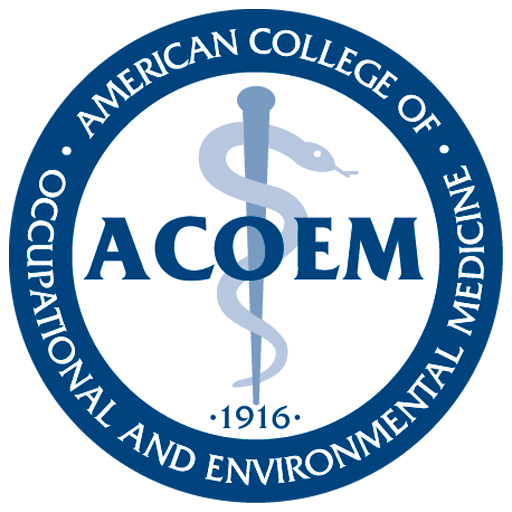
07: Psychological Factors and Workforce Health
Returning to Work After Injury
Human beings have an intuitive desire for human-to-human relationships; hence the formation of societies. Societies are built on the idea that individuals contribute to the betterment of the group and the society benefits the individual. In general, working—whether it produces income or not (such as family child rearing or elder care)—is the way individuals contribute to society. Working is good for health and well-being and has an overall positive effect on mood, self-esteem, and identity. It builds confidence and provides financial stability. Unemployment has been associated with increased psychiatric hospitalizations and suicide rates. Sustaining the worker’s functional health encourages continuing contributions to society, which in turn decreases the costs of disability programs and promotes a more prosperous society.
People identify themselves to a great extent by their occupations. Excelling in one’s occupation provides significant meaning to life. Similarly, our personal intimate relationships also form an important part of self-identity and give our lives meaning. That is why when a therapist counsels a patient who is undergoing marital stress, divorce is not usually discussed as the first step. However, when a patient describes work stress, leaving work is often seen as the solution instead of attempting conflict resolution and preservation of relationships. Although providers understand the need to protect and foster role-functioning in personal relationships, the similar importance of role-functioning at work is often overlooked.[i]
Movement: The Best Prescription for Recovery
Over the past few decades, scientific studies have continued to demonstrate that the historical model of “rest” as a treatment for injury, is frequently not the right answer and in fact, can worsen the injury and/or delay recovery. This is reflected in the recent conversion of the traditional treatment advice from “RICE” (rest, ice, compression, and elevation) to “MICE,” where the “R” for “rest” was replaced with “M” for “mobilization” or “motion.” This advice applies to both injury and surgical recovery.
Many chronic medical conditions are effectively treated with physical activity. Examples include chronic pain, fatigue, and fibromyalgia. Remaining at work or returning early to some form of productive labor improves clinical outcomes compared to passive medical rehabilitation. Therefore, activity prescriptions such as exercise, active self-care, and the earliest possible safe return to work should be included in all treatment plans.
Discouragingly, some providers continue to prescribe rest, inactivity, being off work, and passive rehabilitation treatment plans that promote continued negative outcomes. These inappropriate prescription practices commonly occur when providers succumb to patients’ demands as opposed to rendering care consistent with evidence-based guidelines.
Unnecessarily prolonged absence from work can cause needless and significant harm to workers’ well-being. A prolonged absence from work is likely to cause their self-identity to shift from that of a functioning worker to that of a sick, injured, or even disabled person. The worker disconnects from social relationships with coworkers, which jeopardizes his or her self-esteem and unnecessarily reduces quality of life. The “injured worker” label excuses his or her absence from normal responsibilities and too often inspires a victim mentality. This role enables people to receive help from others instead of helping others. Functional recovery and return to work are needlessly delayed, sometimes resulting in preventable permanent total disability. To recover, the worker needs to redefine him or herself as a productive worker.
